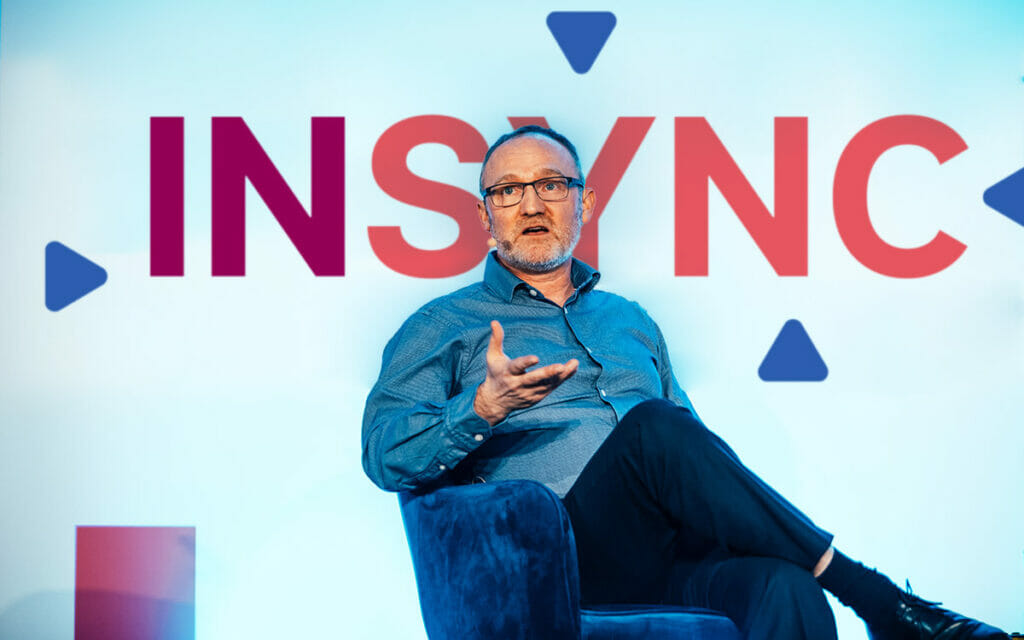Summit
INSYNC Live Summit: February 2020 – A Recap
Skip to section
Key takeawaysThe threats posed by brand abuse to businesses and their consumers are bigger and greater than ever. However, by working together brands, regulators, and platforms can make a real difference.
At the INSYNC Live Summit: 2020, 100s of brands and experts came together to collaborate and share insights, with the overarching vision of forming a united front to protect consumers and businesses from bad actors online.
INSYNC: 2020 was the first step towards building a global, cross-sector movement to drive real change.
Key takeaways
1. Brands are stronger together
Collaboration is a critical component of a successful consumer protection strategy.
INSYNC: 2020 focused brands on forming a united front through the power of shared insights, intelligence, and data. Through this approach, businesses can target the largest criminal networks operating online. With combined resources and expertise, brands can take these networks down and protect consumers from harm.
Together, we can also push for the changes we need from search engines, social media giants and ecommerce platforms.
“Partner better together to make a bigger impact.”
– George Sevier, Category Head – IP Enforcement at Dyson

Helen Saunders, Chief Product and Customer Solutions Officer at Incopro
2. Focus on consumer protection
The consumer sits at the very heart of what we do.
Traditionally, our industry has framed fighting brand abuse as ‘Brand Protection’. However, we should set our sights on safeguarding the online consumer experience across all channels. Any touchpoint a consumer has with a brand must be safe and authentic.
Consumers crave genuine products and are well-intentioned – we should realign our core goals and make it easy for them to purchase real products and develop a relationship with a brand.
“The faster consumers buy, the higher the risk that they don’t check true origin.”
– Ken Hughes, Consumer & Shopper Behaviouralist

Ken Hughes, Consumer & Shopper Behaviouralist
3. Prevention rather than reaction
Consumer protection should be preventative and strategic, not-reactionary.
If you are enforcing against a highly visible product available on a marketplace, ecommerce site or social media platform, it’s likely a consumer will have already purchased it. Consumer Protection should seek to prevent sellers from obtaining infringing stock and to shut down operations before they can target unwitting consumers.
A watertight IP portfolio, a comprehensive strategy, and a sophisticated monitoring solution – these are all essential to preventing brand abuse and protecting consumers on a global scale.
“The strategic highground is prevention. Enforcement is after the fact.”
– Richard Atkinson, GM & Senior Director, Global Non-Genuine Segment & Fraud Prevention at Adobe

Richard Atkinson, GM & Senior Director, Global Non-Genuine Segment & Fraud Prevention at Adobe
4. Consumer Protection has a wider business case
Consumer protection goes beyond legal, brand protection and across the business.
Other functions – including the C-Suite, marketing, and ecommerce – need to be involved.
Consumers are diverted away from legitimate digital channels to dangerous websites, putting them at direct risk and reducing your sales. Whereas exposure to inauthentic products and experiences quickly leads consumers to associate this with your brand, eroding trust and value.
“We have to take Brand Protection into the growth and opportunity space.”
– Mark Hodgin, Chief Counsel, Global Trademarks at Mondelēz International

Mark Hodgin, Chief Counsel, Global Trademarks at Mondelēz International
Gallery




















Ken Hughes: Your Brand but Their Story

Consumer relevance and brand storytelling
For many years, companies have been measuring satisfaction, ensuring that their customers’ expectations were met. That customer experience had equaled these expectations. But that is no longer enough to just meet a customers’ expectations.
In order to build brand advocacy and ensure significant differentiation in your market, we have to ensure we go beyond customer expectations on a regular basis. Delight & Excite has to be a core part of our strategy, particularly if we are to differentiate the brands we own.
